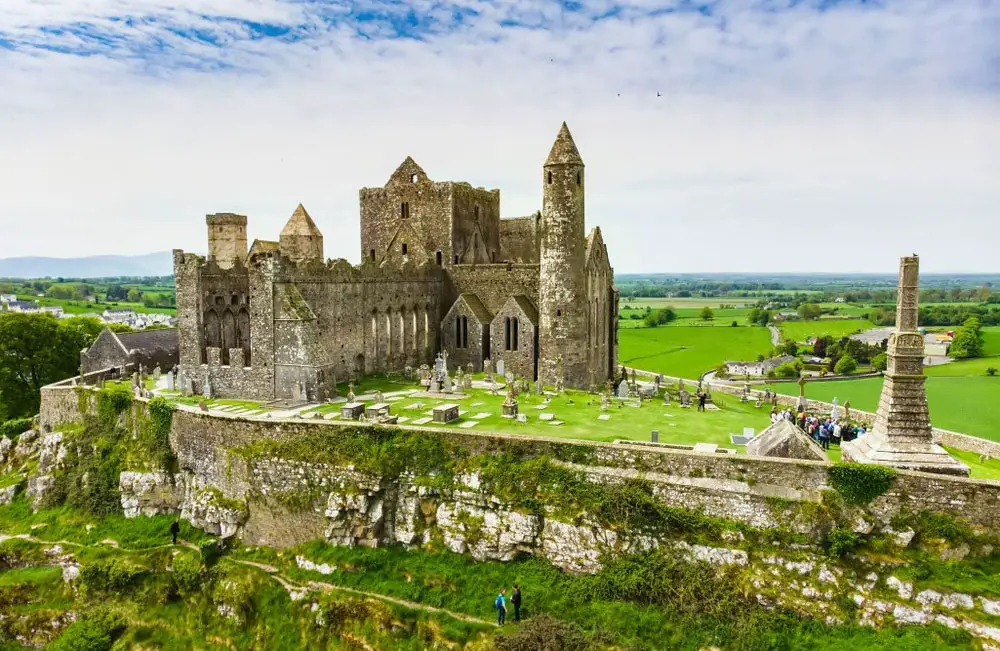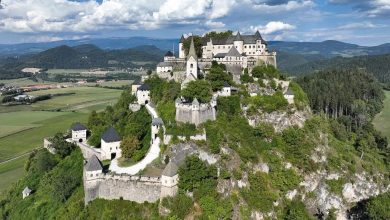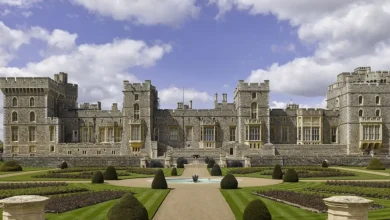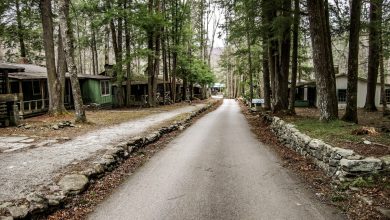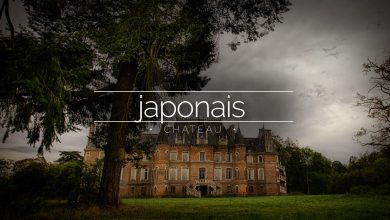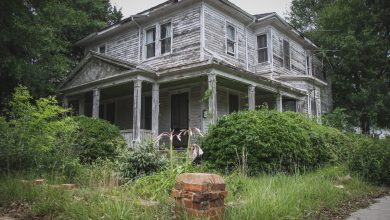Abandoned Place: Ireland’s Rock of Chashel
The Rock of Cashel, set against the backdrop of Ireland’s picturesque countryside, stands as a testament to the country’s rich history and breathtaking landscapes. This iconic site encapsulates a legacy that spans ancient kings, revered patron saints, and unparalleled beauty. With its silhouette commanding the skyline, the Rock of Cashel is a focal point of over 1,000 years of history, situated at the core of Ireland’s Ancient East.
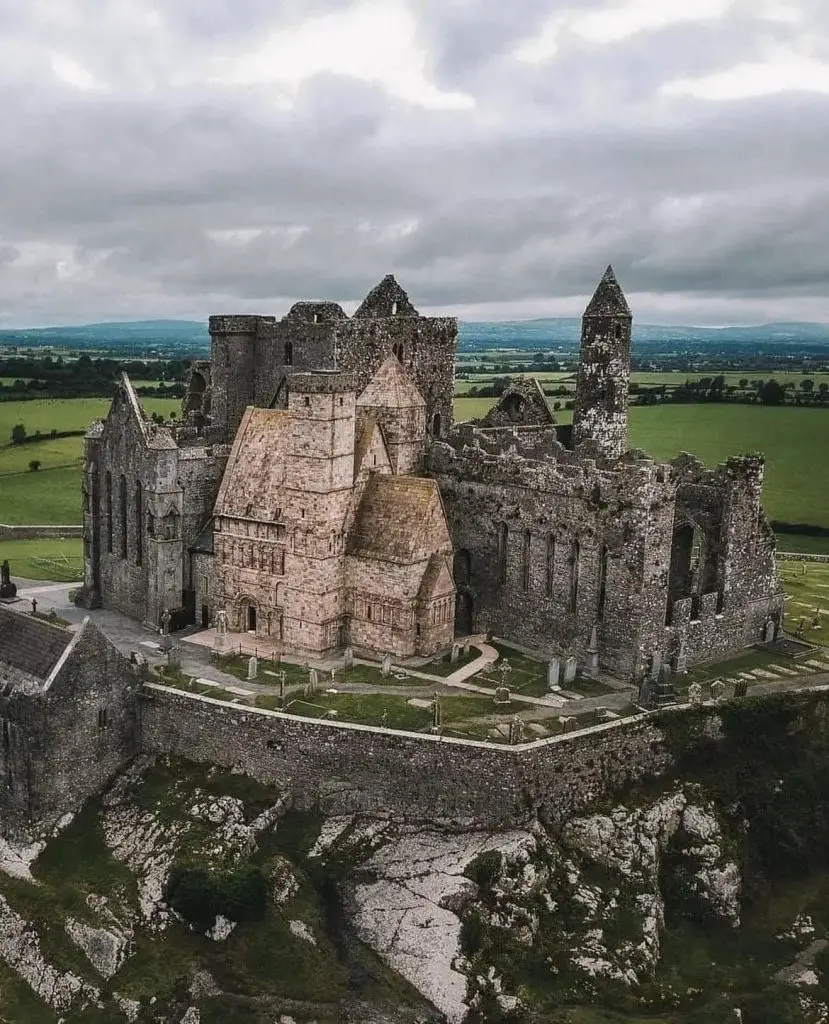
The rich history of the Rock of Cashel dates back to the 5th century, intertwining with Ireland’s early Christian heritage and serving as the Seat of the High Kings of Munster. In this hallowed place, St. Patrick is said to have converted King Aengus to Christianity. During the baptism, legend has it that St. Patrick inadvertently caused the king’s foot to bleed by placing his sharp-pointed crosier under the water. Remarkably, King Aengus believed it to be a part of the ceremony.
According to another captivating legend, the devil took a bite from the mountain and then spat it out. The bitten piece landed in the heart of Tipperary’s countryside, giving rise to the formation of the Rock of Cashel.
For centuries, the Eóghanachta clan ruled the region until they relinquished control to the O’Briens in the 10th century, led by Brian Boru. In 1101, a descendant of Brian Boru decided to bestow the Rock of Cashel as a generous gift to the church, further shaping the destiny and significance of this historic site.
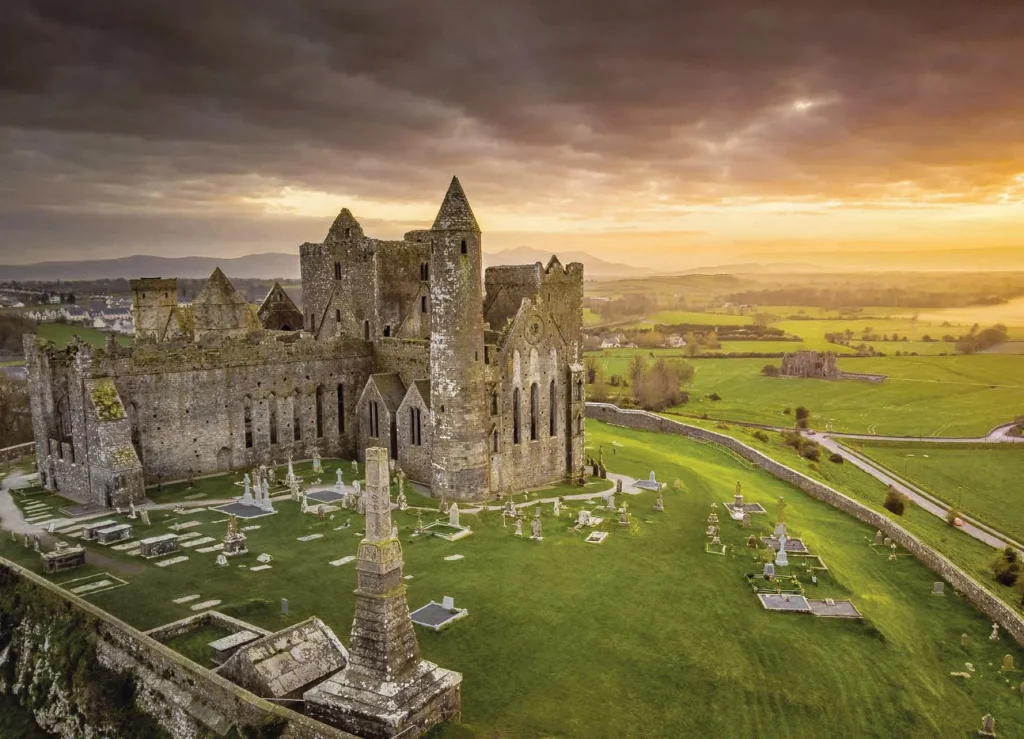
The buildings atop the Rock of Cashel, evolving from humble beginnings, have grown over the years into a complex of interlocking structures, creating a marvel that spans over 1,000 years of history. This impressive ensemble of medieval buildings is brought to life by knowledgeable tour guides and a captivating audio-visual exhibition.
At the heart of the Rock stands the 13th-century cathedral, providing a foundational presence to the site. The 15th-century Hall of the Vicars Choral, a significant structure, once echoed with the voices of laymen chanting cathedral services, their melodic tones carrying for miles around. In the atmospheric Cormac’s Chapel, an ancient space characterized by darkness and dampness, 800-year-old frescoes adorn the archways. These frescoes depict gold-headed saints with hands layered over sapphire blue, and robes of blood red, still visible against the backdrop of centuries of decay. This intricate tapestry of buildings and artworks showcases the enduring legacy and cultural richness housed within the Rock of Cashel.

At the back, you’ll find a hint towards Ireland’s Viking past. A sarcophagus, rumoured to contain the remains of King Cormac’s brother Tadhg, is engraved with an elegant carving of two intertwining beasts – a symbol said to invoke blessings for an eternal life.
The round tower, built in 1100 and rising 28 metres above the ground, is said to be the Rock’s oldest surviving building. You can no longer climb the tower, but the views around it are simply sublime.
With icons of everlasting life, centuries-old heritage and legacy literally written in stone, is there any doubt that the Rock of Cashel is the ultimate rock star?
What to read next:
- Exploring the Enchanting History of Dunalastair Castle in Scotland
- Rowallan Castle: A Timeless Tale of Majesty, History, and Enchantment
- The Abandoned Glass Mansion of Leesburg, Virginia
- Urban explorer discovers abandoned $12 MILLION mansion.
- Bagni Wildbad: The Elegance of the Past Amidst the Italian Alps
Source: https://numerologybox.com
Category: Abandoned Place
